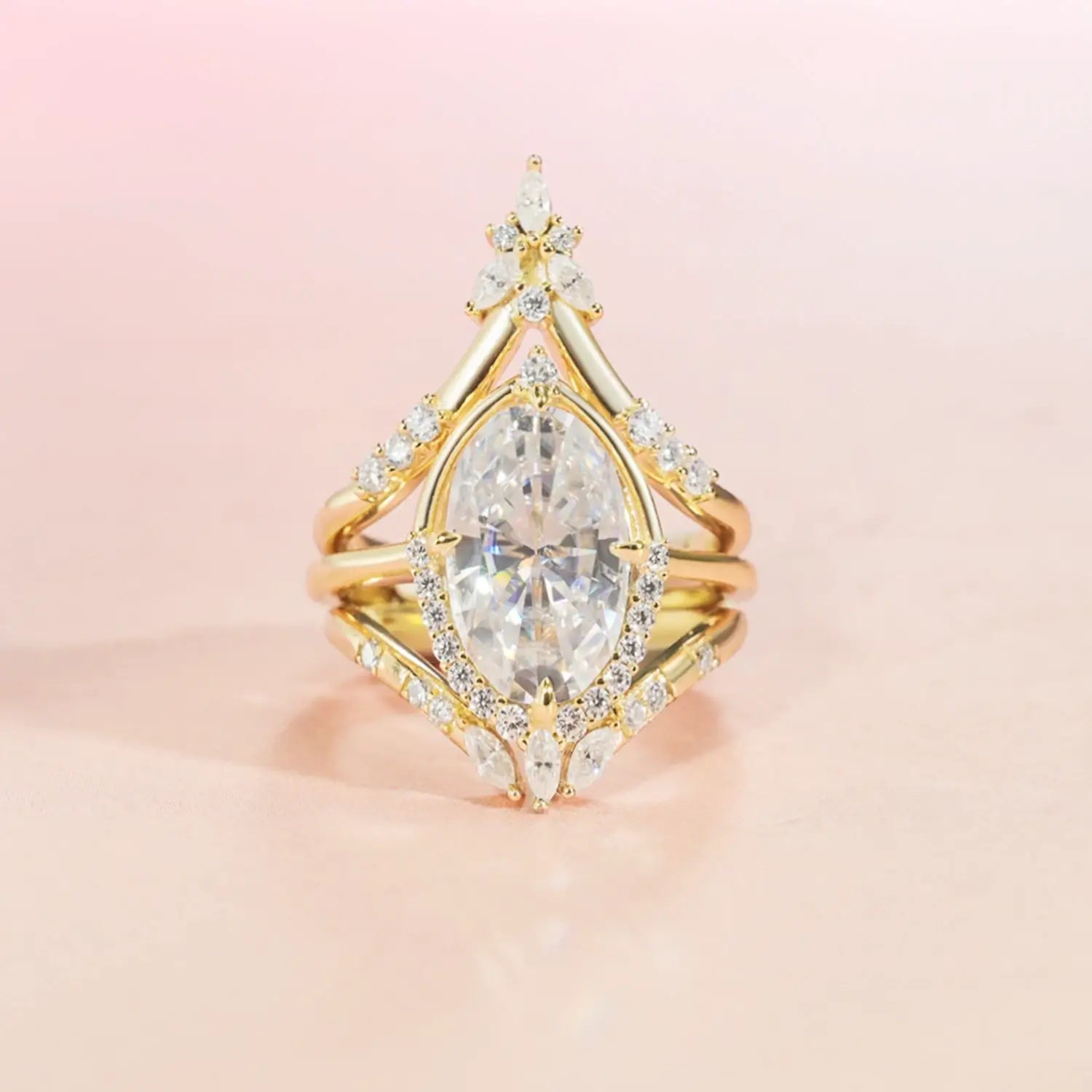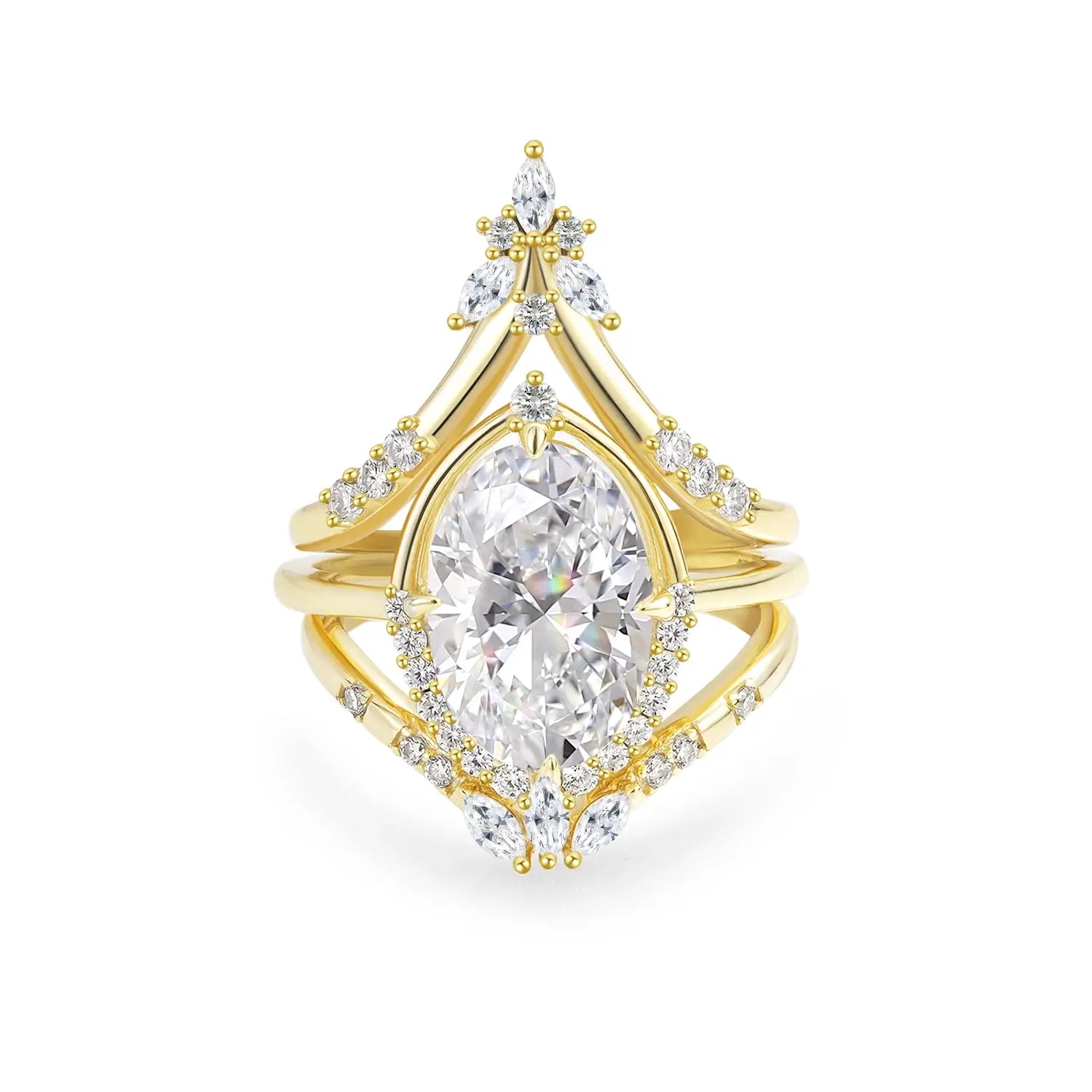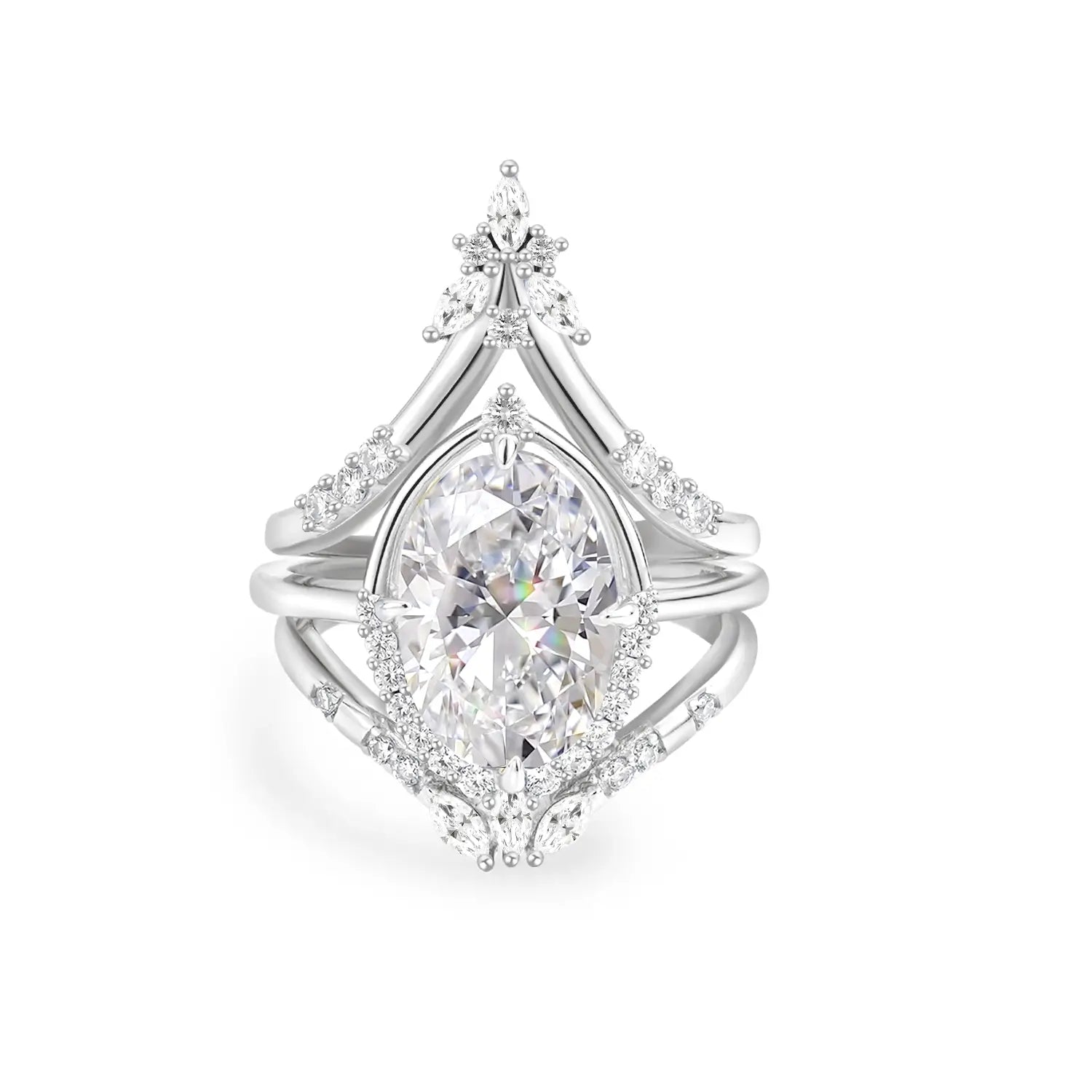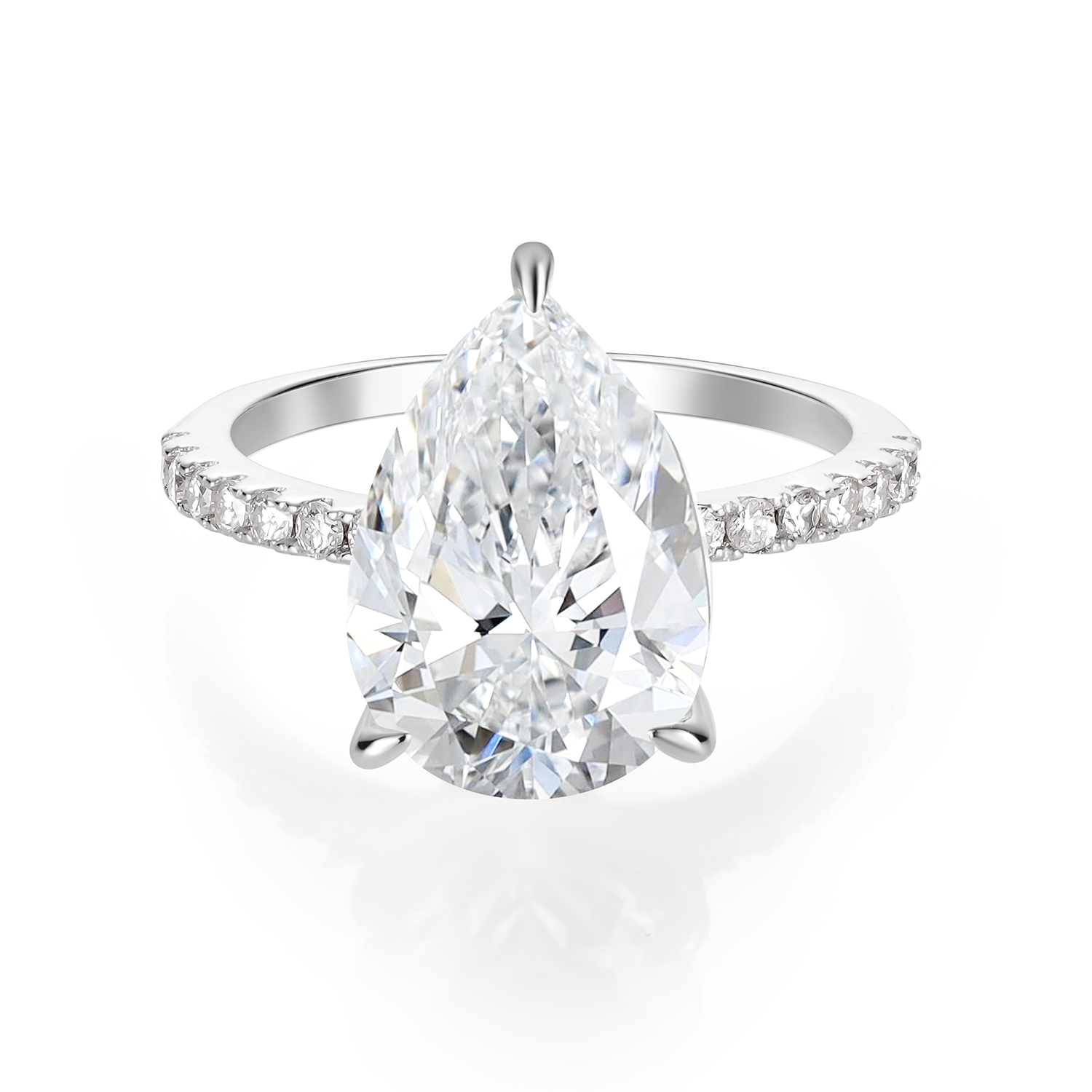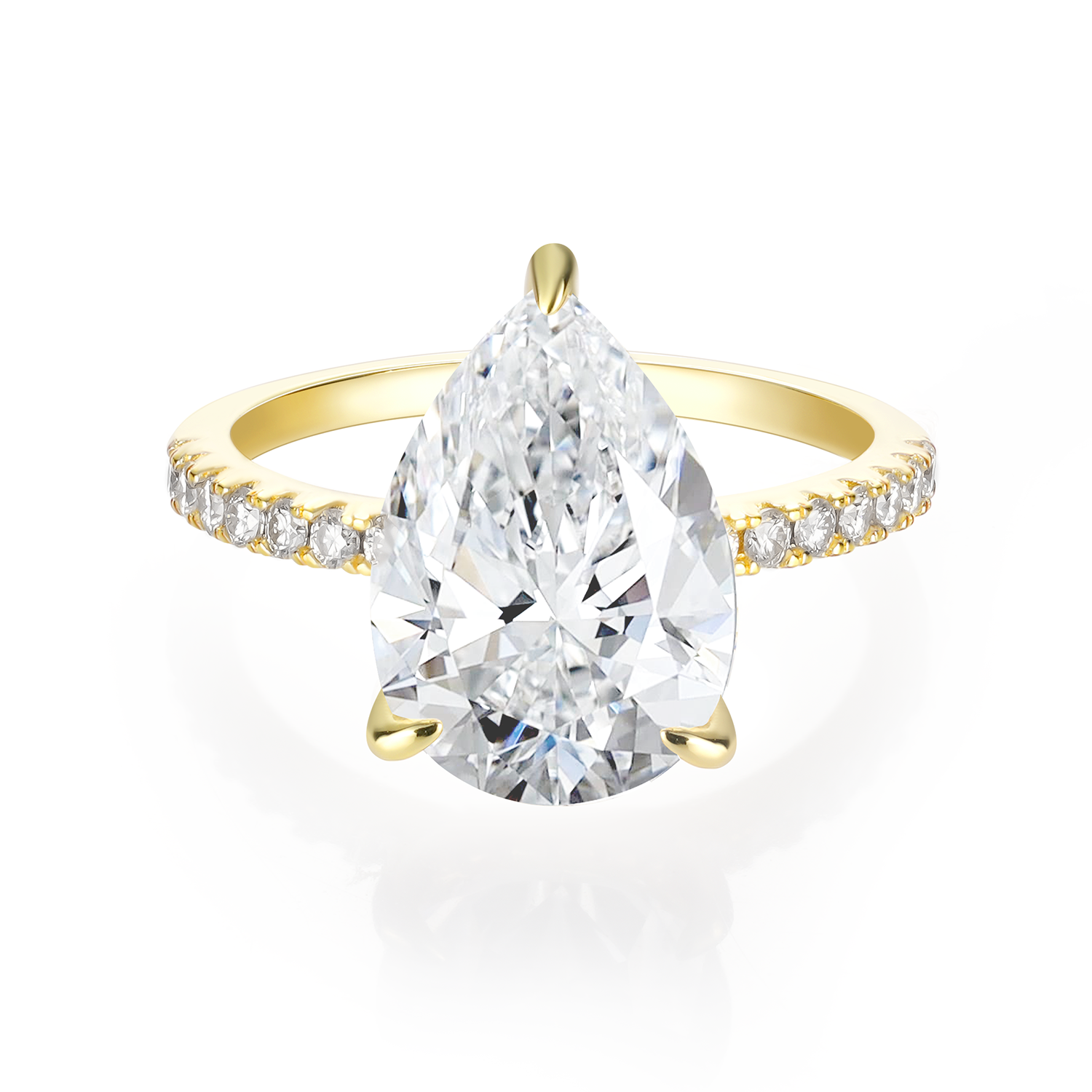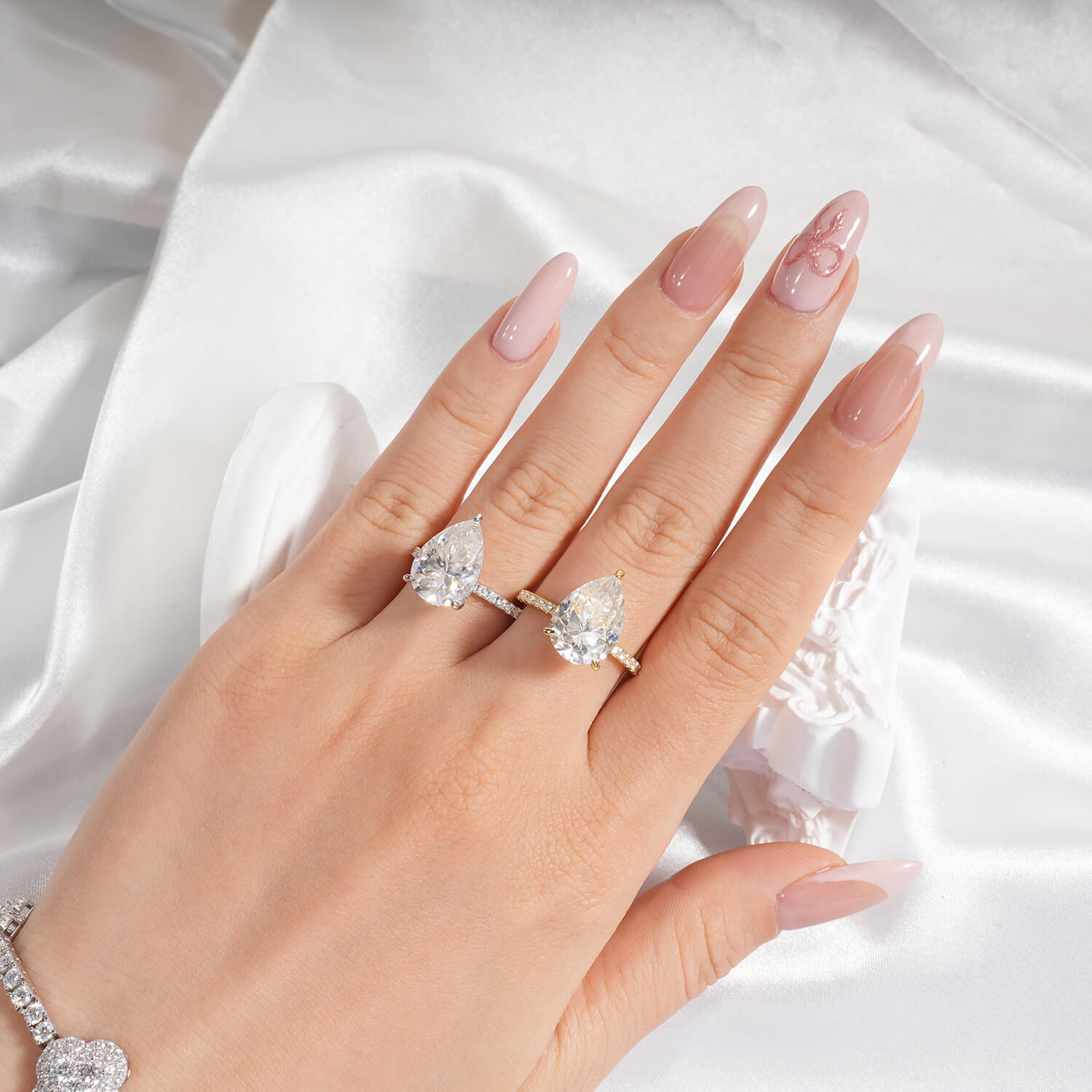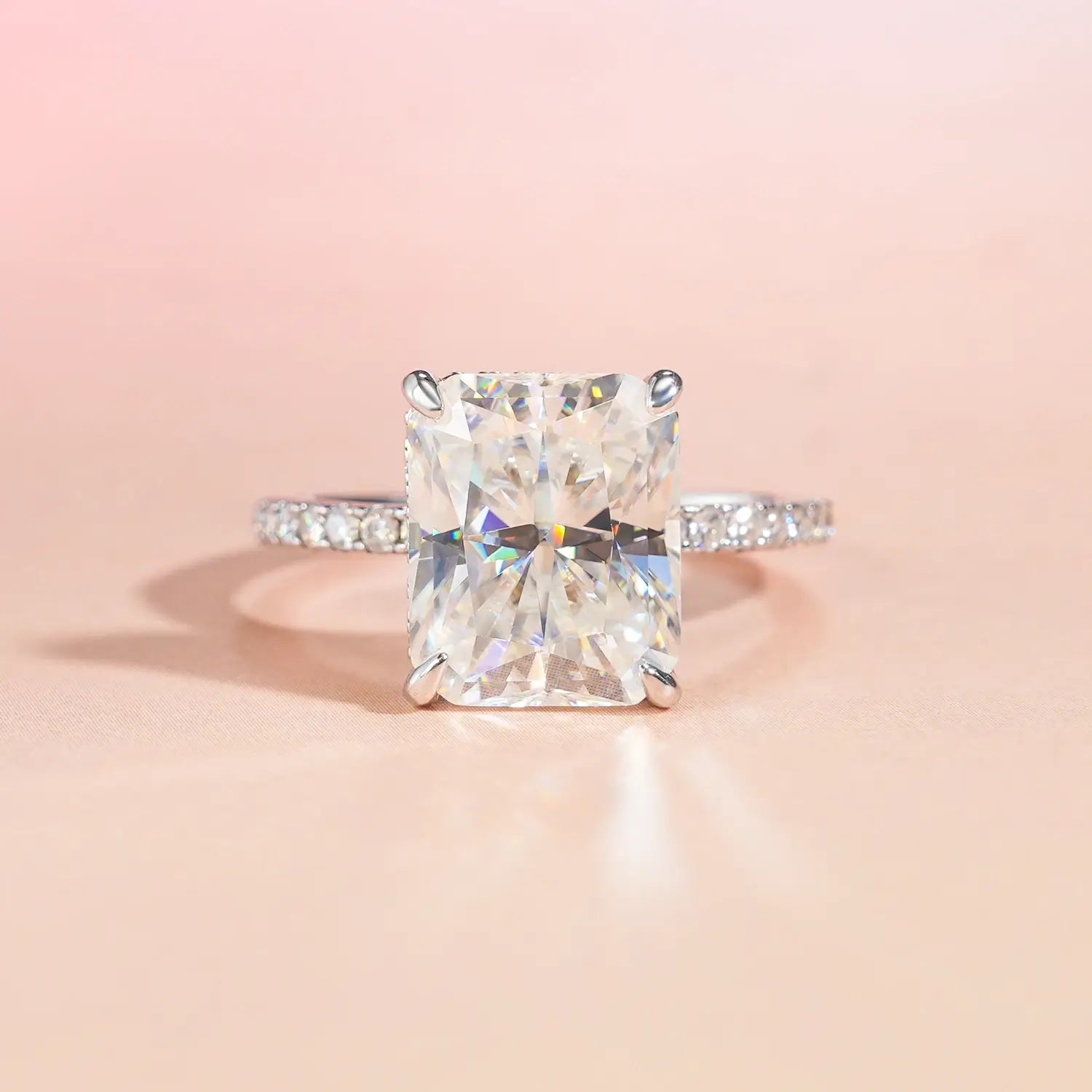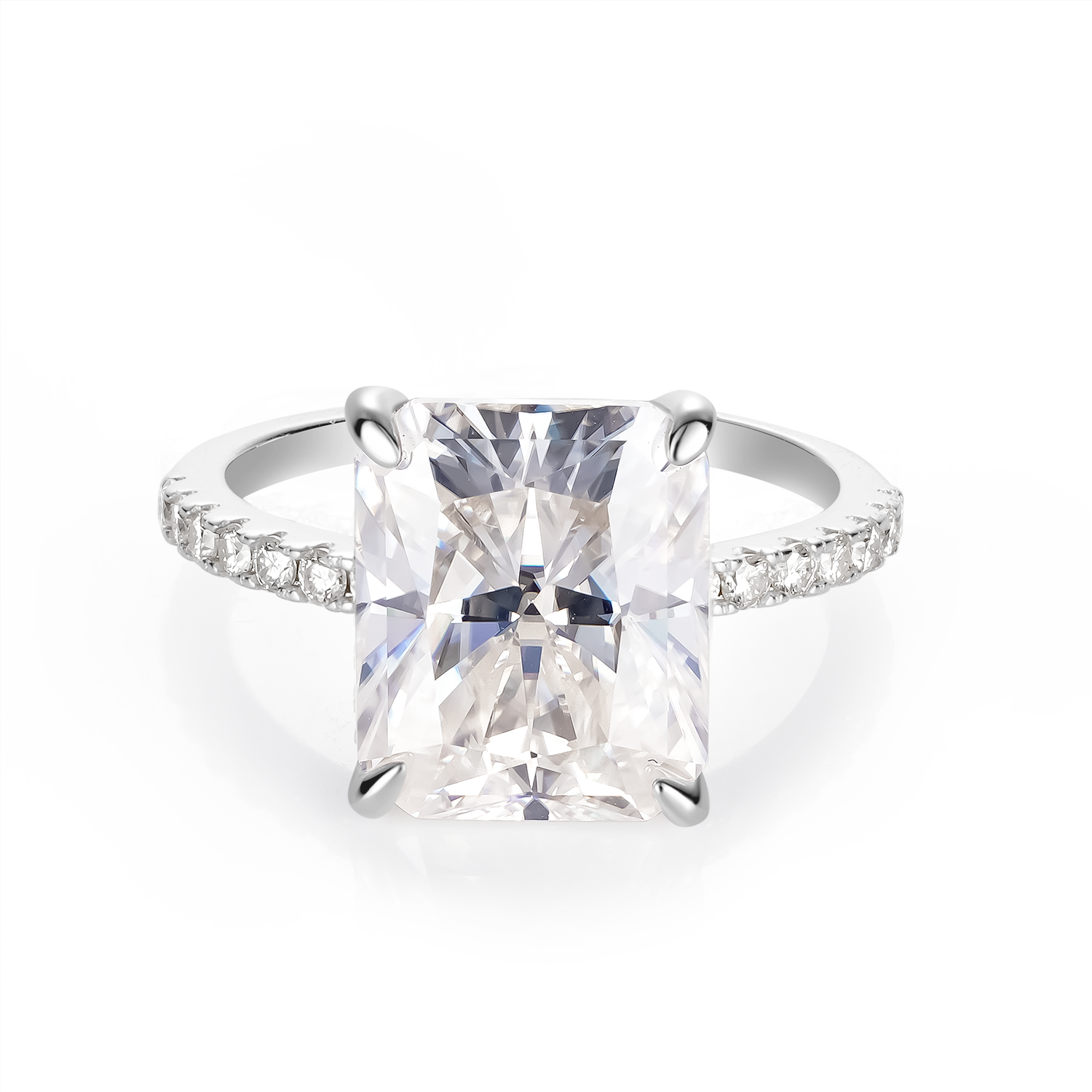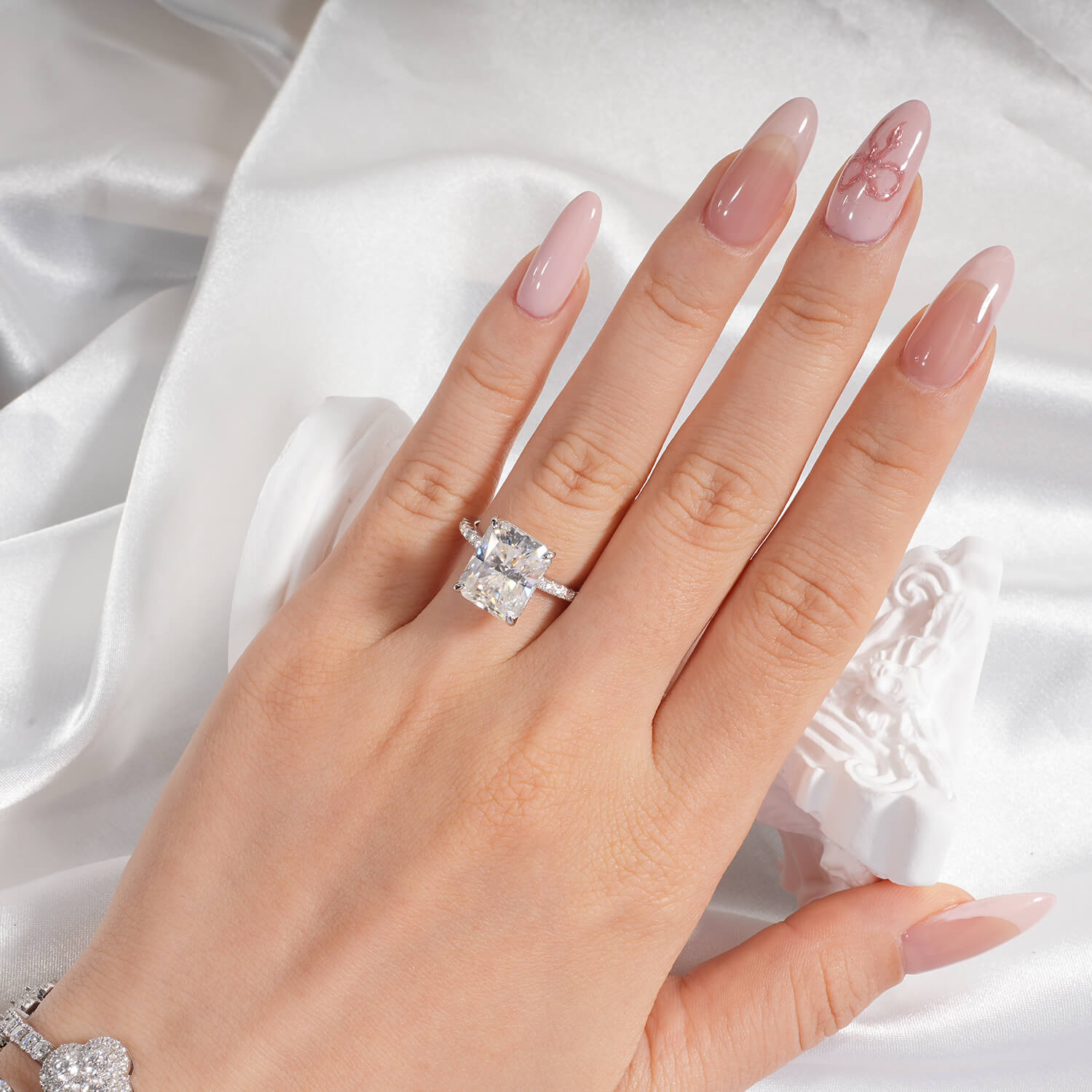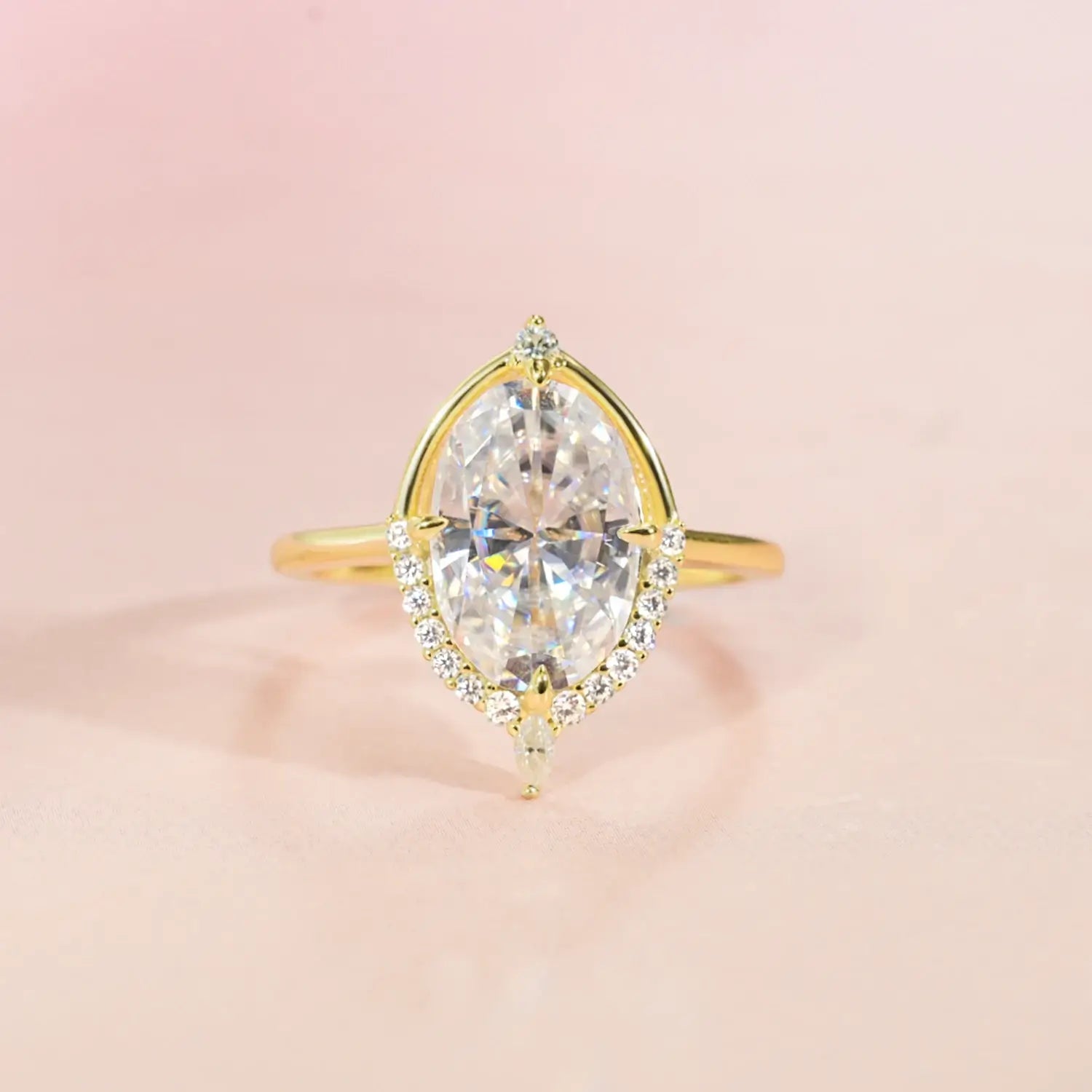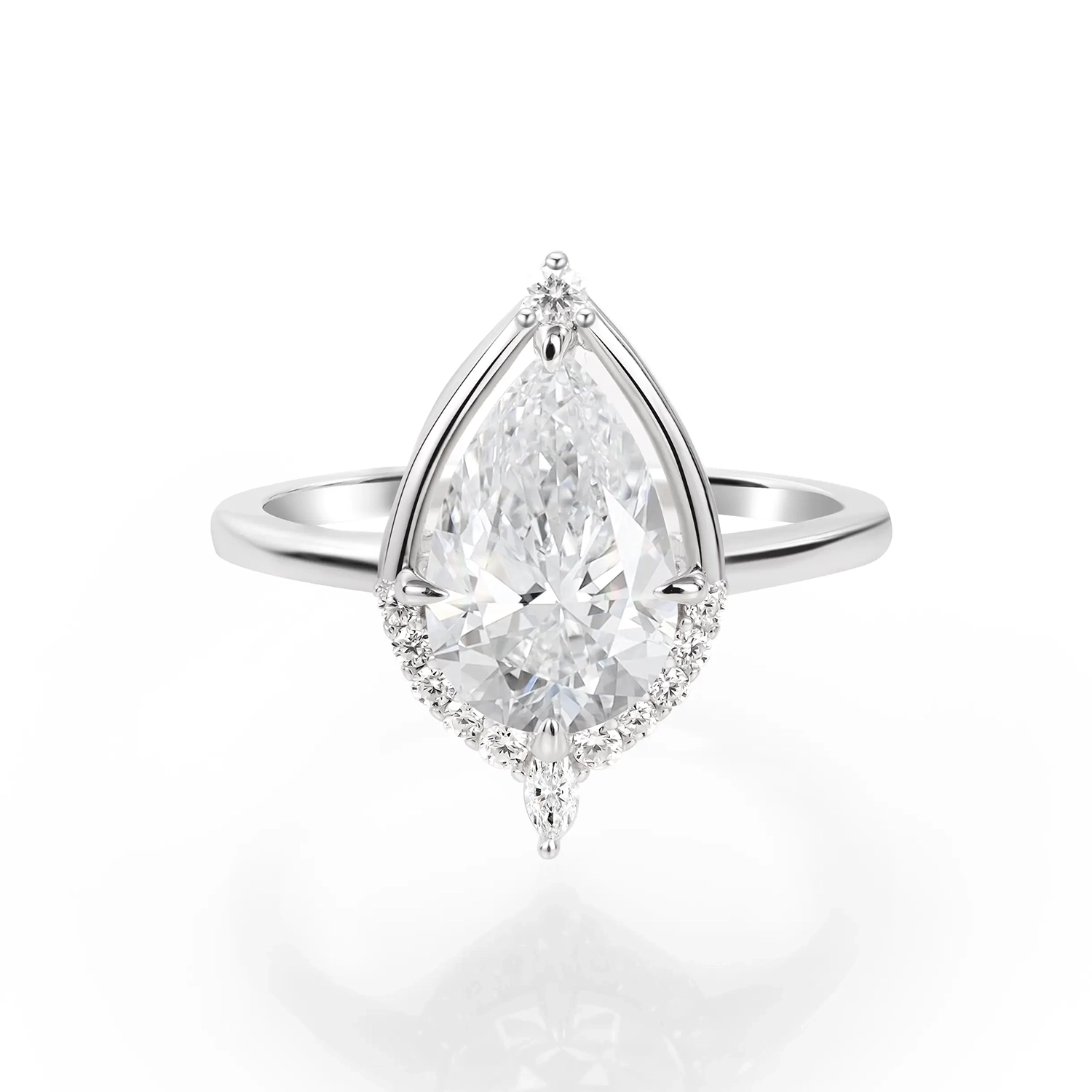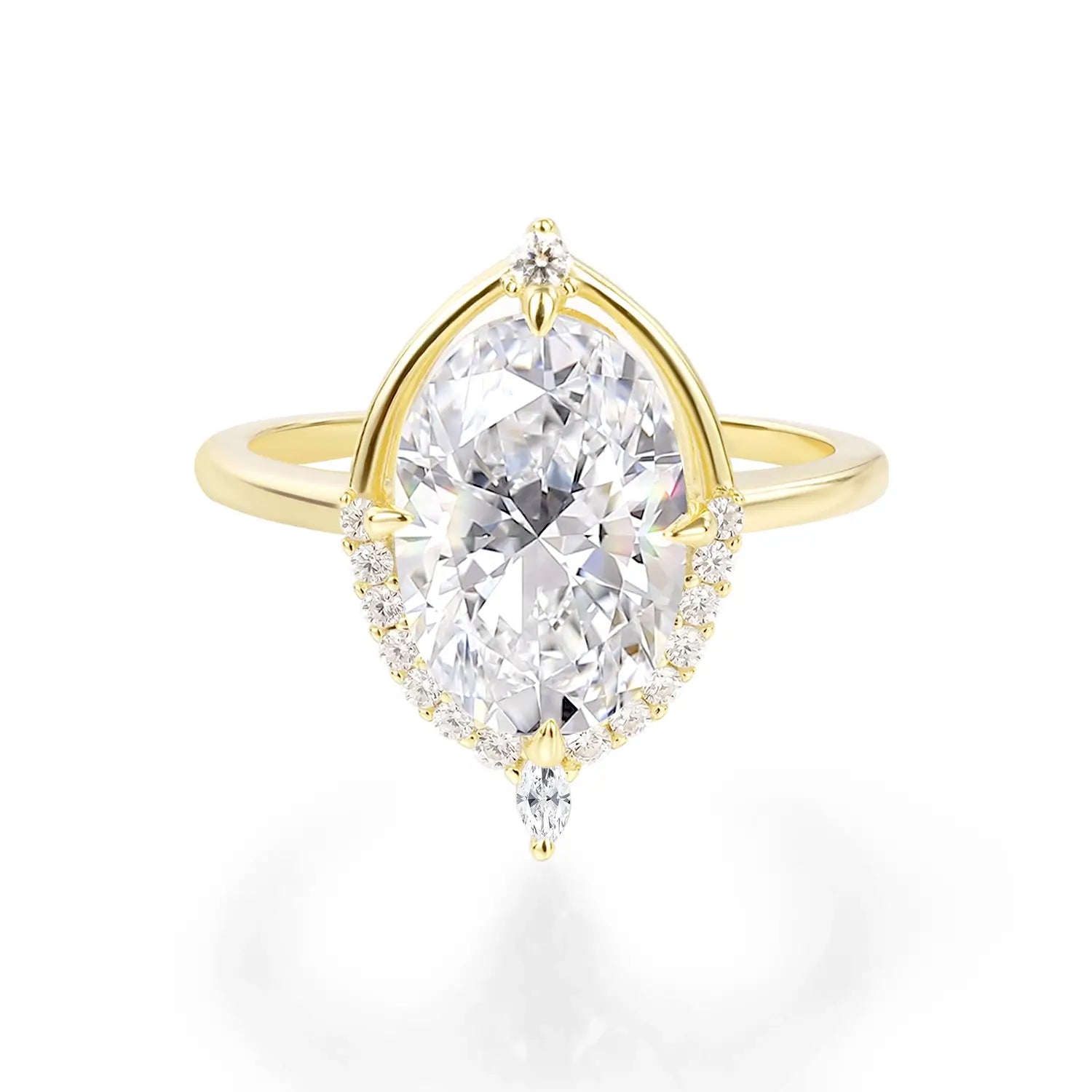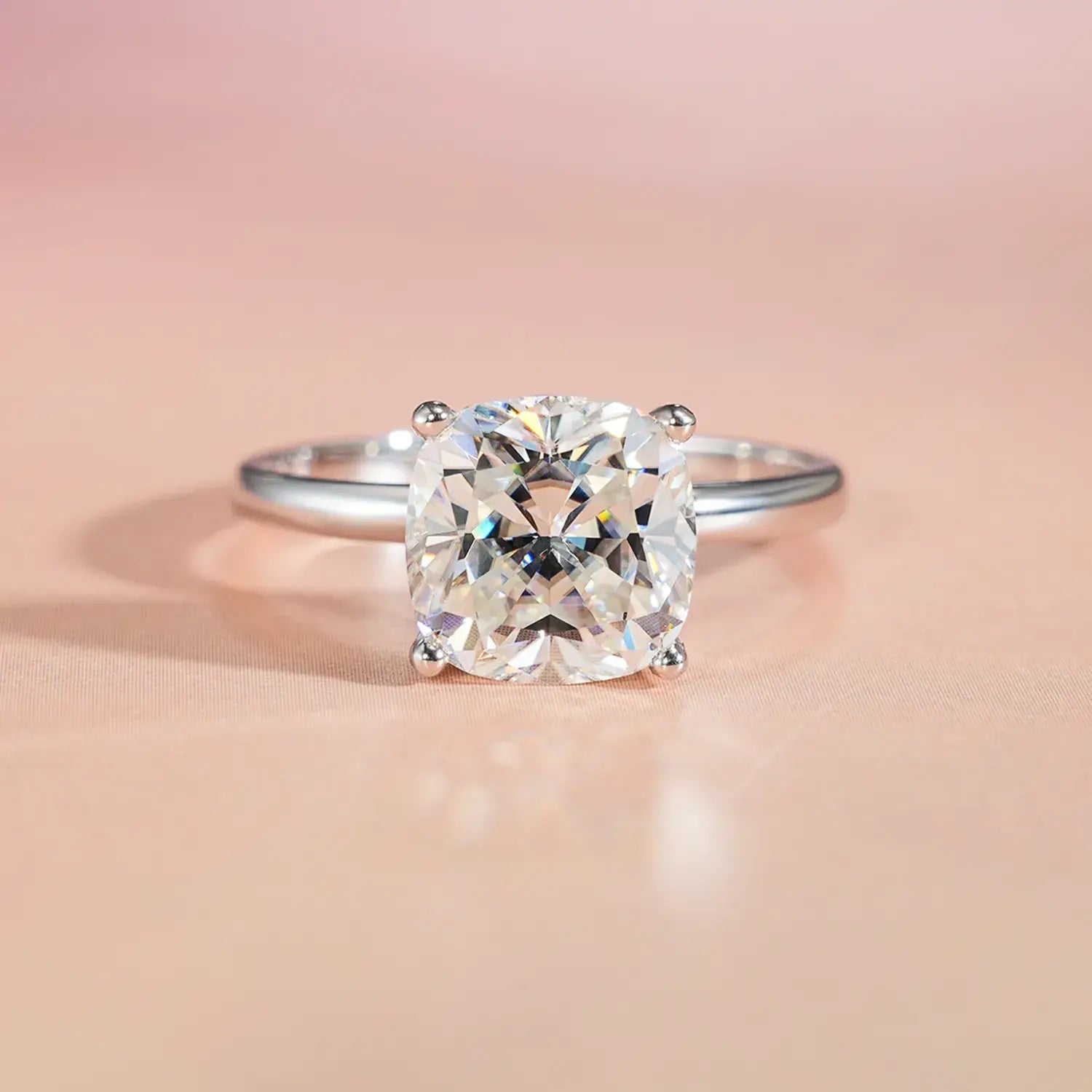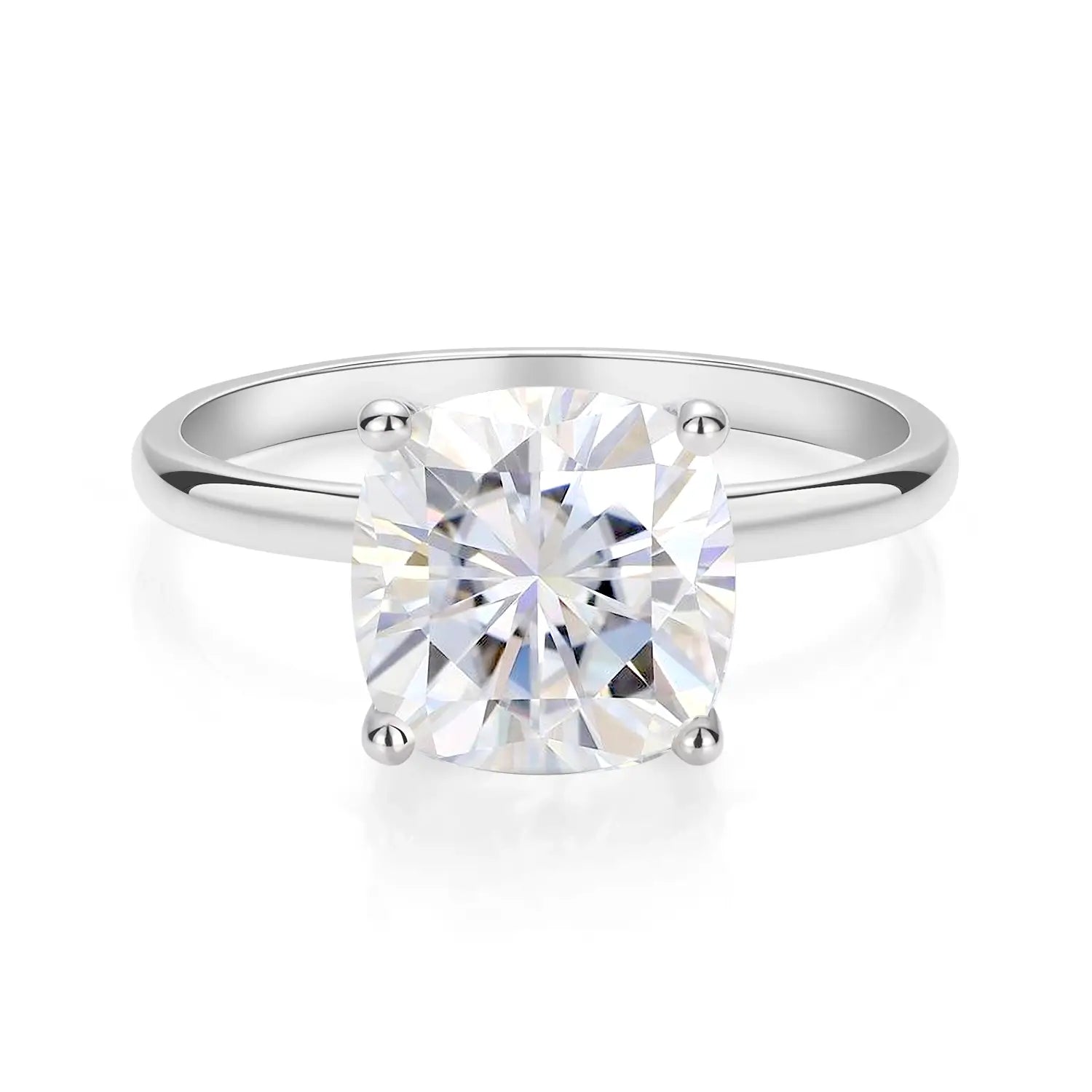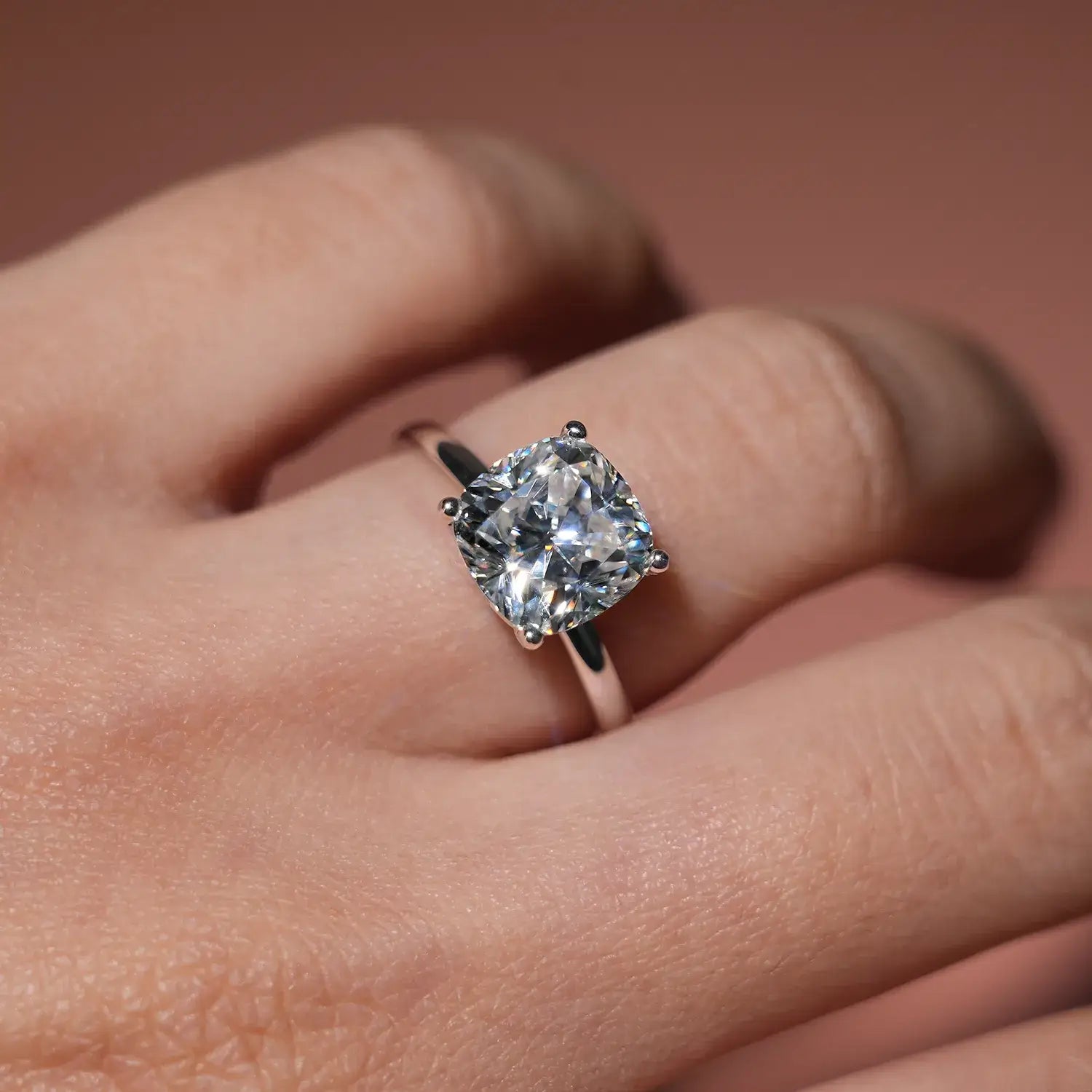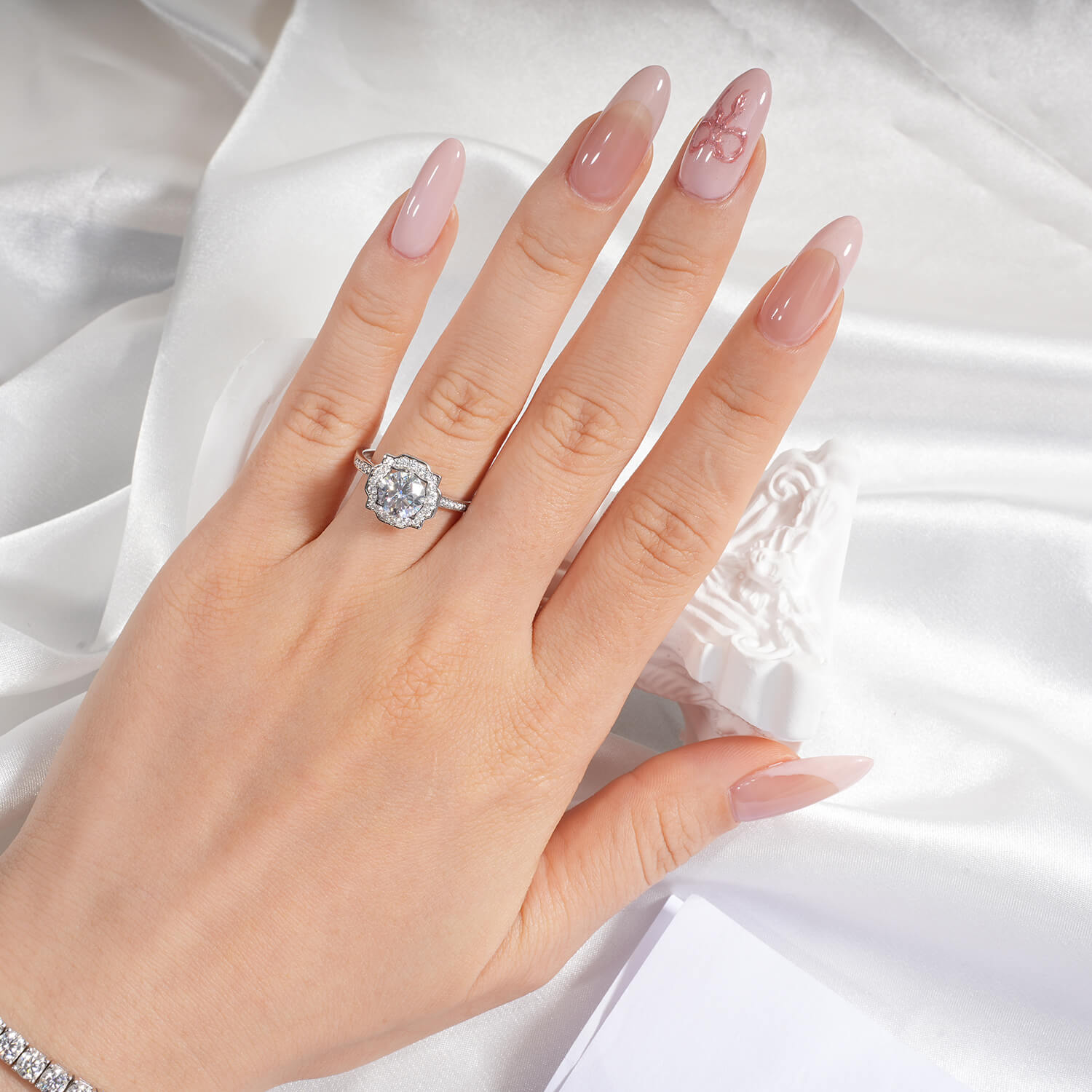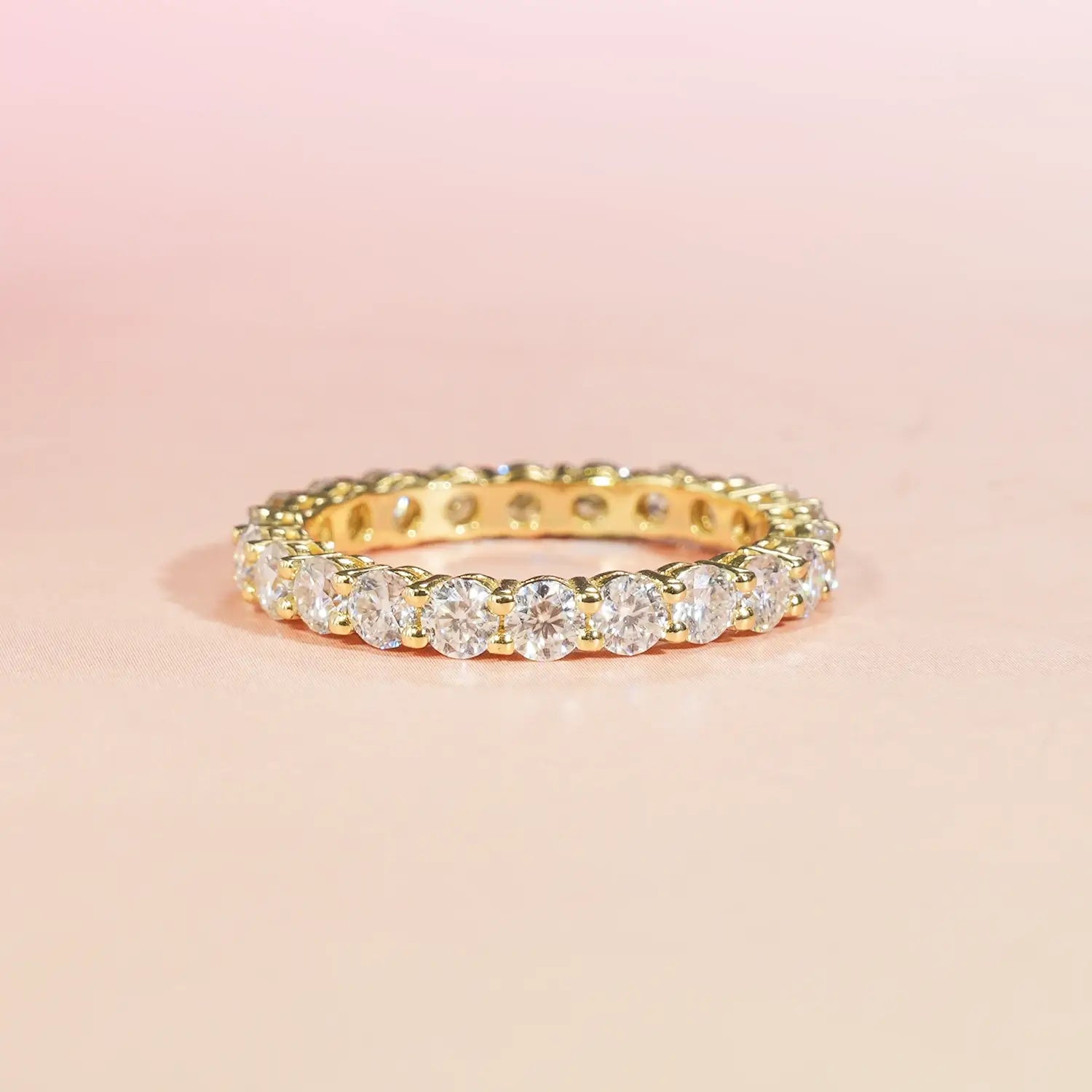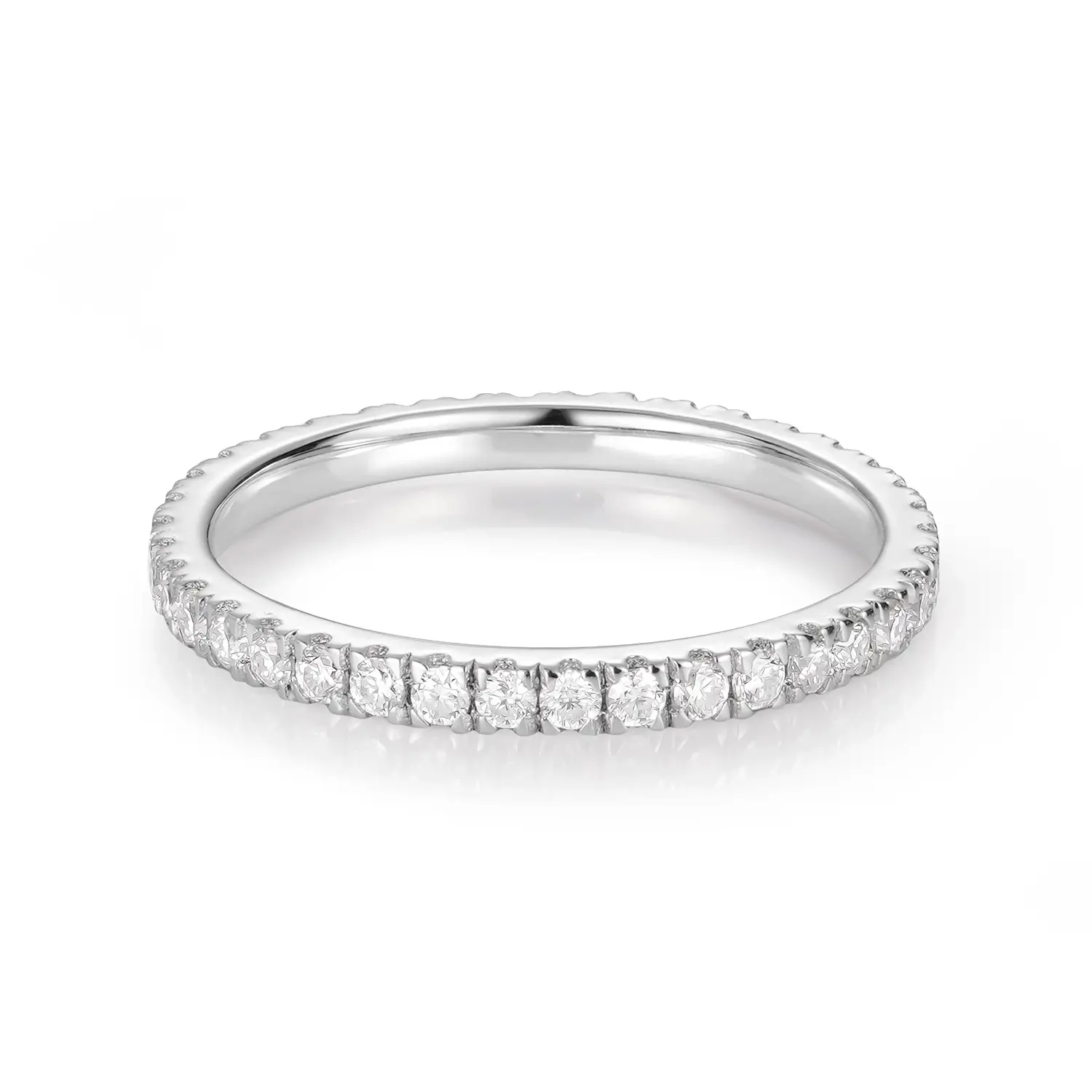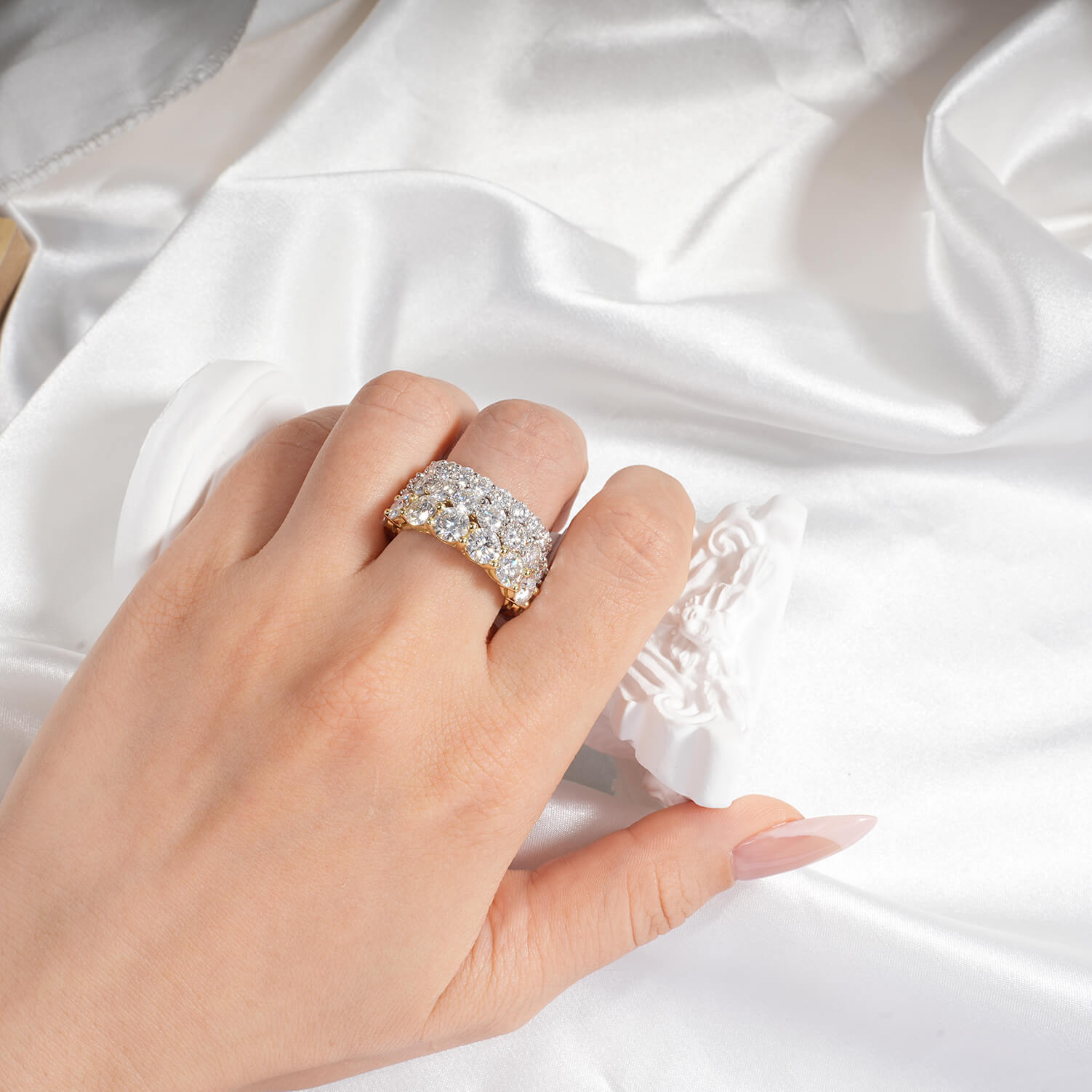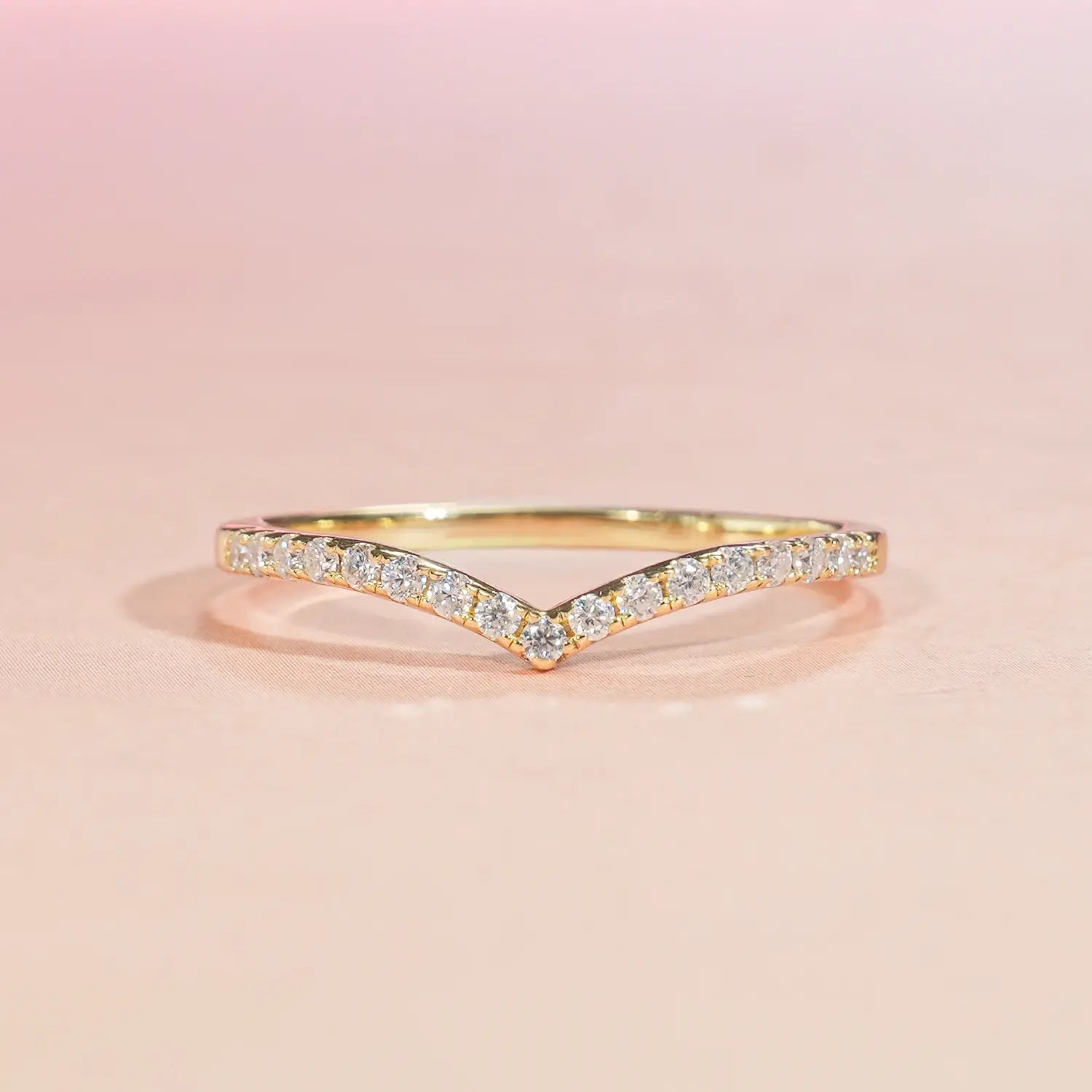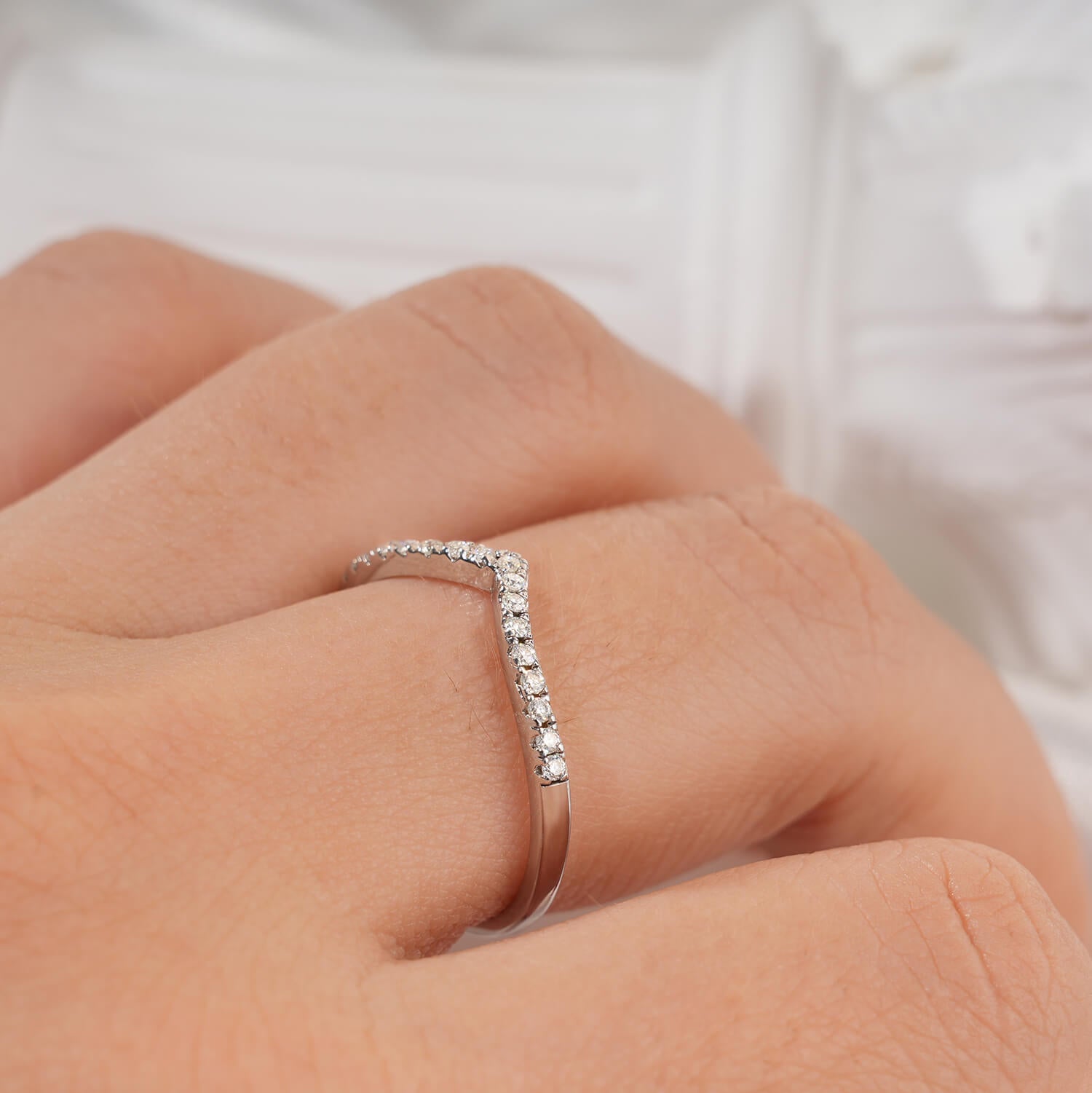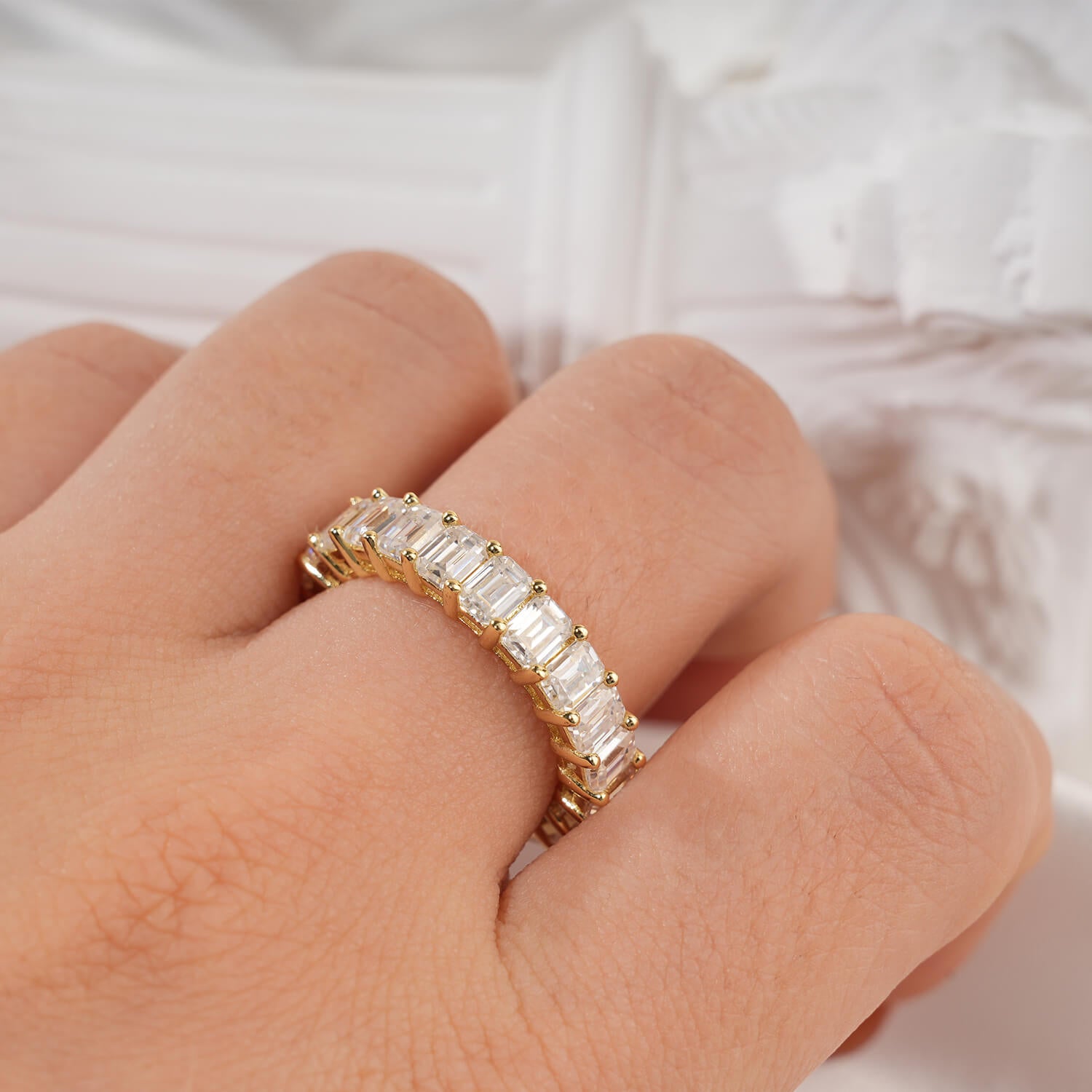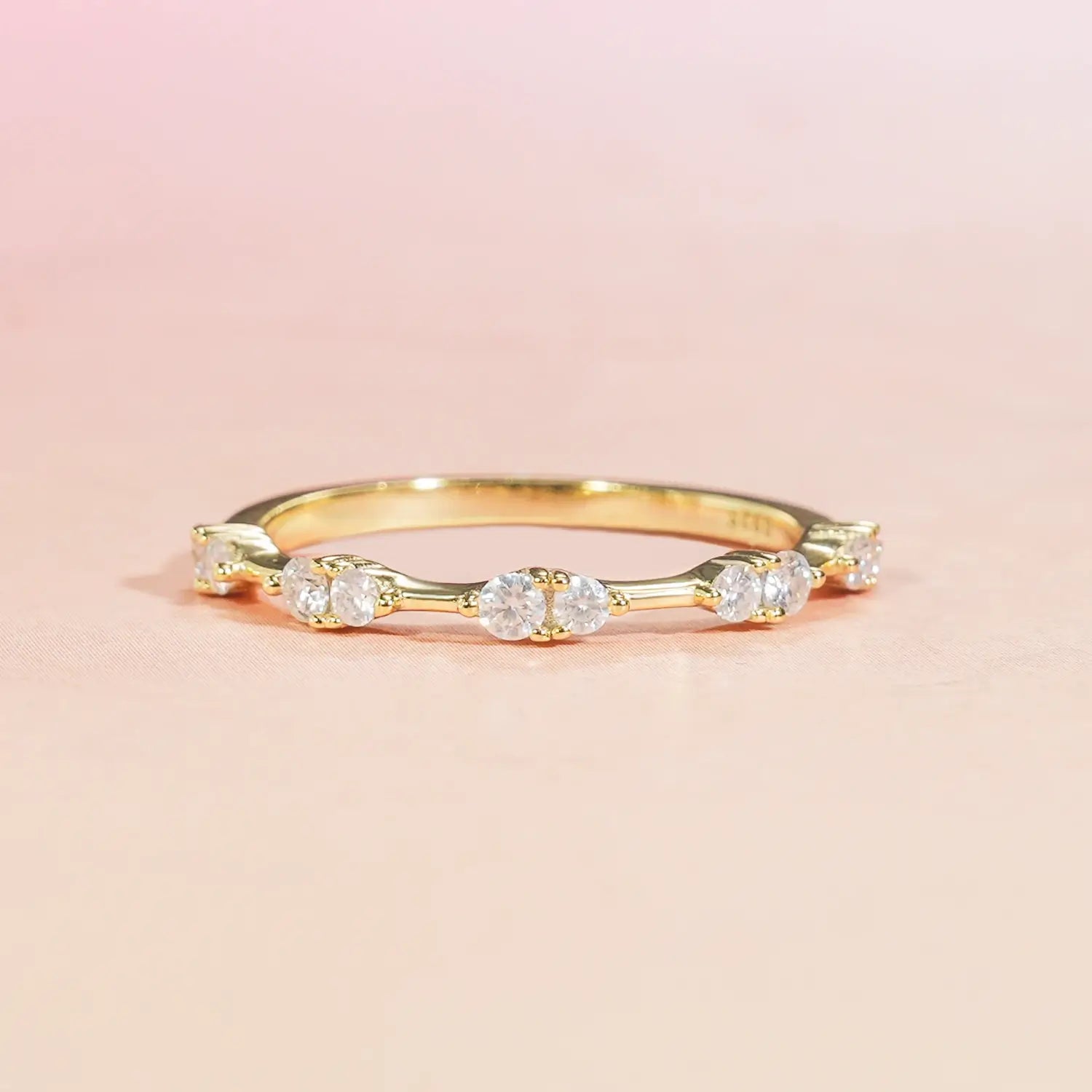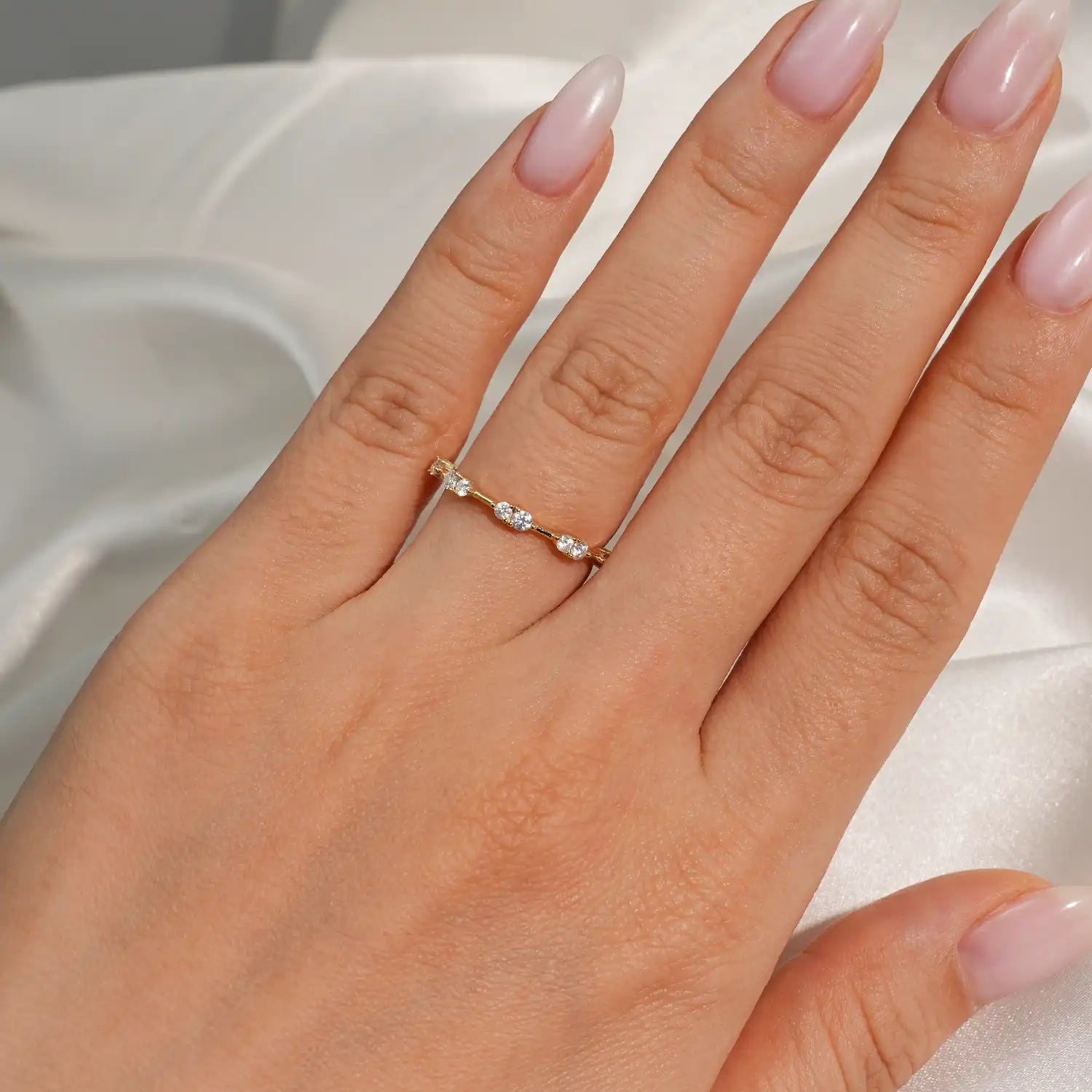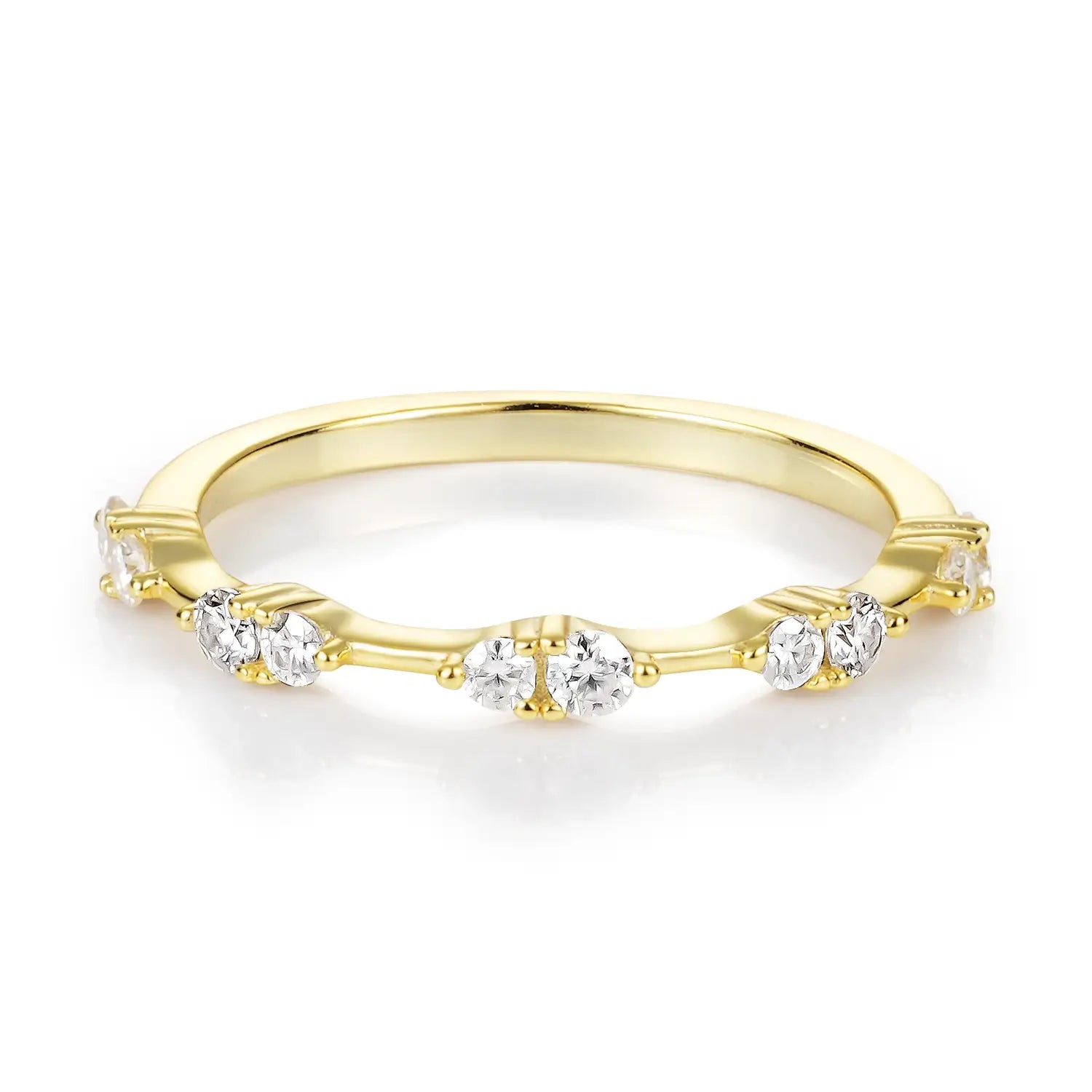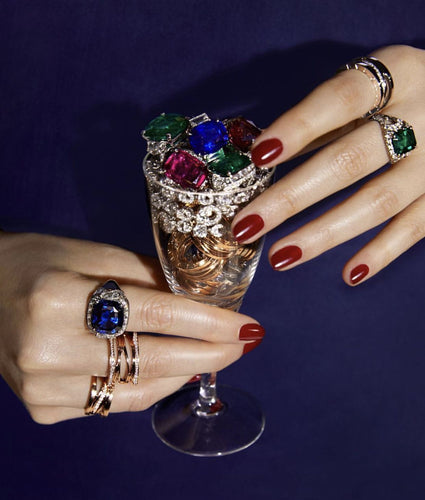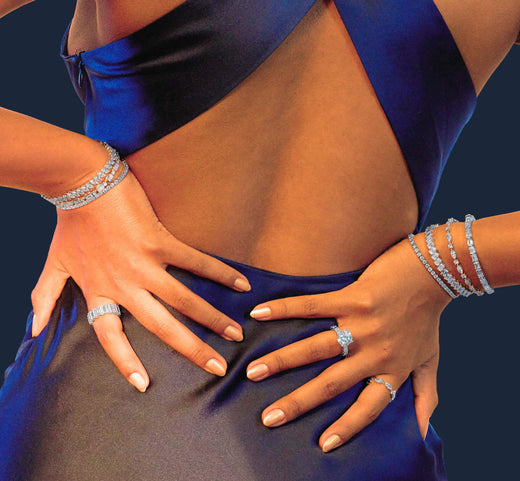Choosing an engagement ring can feel overwhelming, but understanding the key terms can simplify the process and help you envision your dream ring. Here’s a straightforward guide to engagement ring components:
Center Stone
The center stone is the main diamond or gemstone in the ring, acting as its sparkling focal point. While round diamonds are classic, other shapes like oval, emerald, cushion, marquise, asscher, or radiant offer unique styles. Each shape reflects personal preferences and daily jewelry habits.
Side Stones
Side stones are smaller diamonds or gemstones positioned on either side of the center stone. They come in various shapes, such as shields, and enhance the beauty of the center stone. Opting for a ring without side stones keeps the focus solely on the center gem.
Setting
The setting refers to the metal framework that secures the gemstones and shapes the ring’s appearance, durability, and maintenance. A well-chosen setting complements the center stone beautifully.
Popular Settings:
Solitaire Setting: Highlights the center diamond for a timeless, elegant look.
Bezel Setting: Encircles the gem in metal for a secure, modern design. Semi-bezel settings expose part of the gem for added sparkle.
Three-Stone Setting: Features a center gem flanked by two side stones, symbolizing a couple’s past, present, and future.
Halo Setting: Surrounds the center gem with smaller diamonds, enhancing brilliance and visual impact.
Pavé Setting: Closely sets small diamonds or gemstones along the band for a continuous sparkle.
Prong Setting: Uses metal prongs to hold the gem securely. Commonly features four to six prongs for a balanced look.
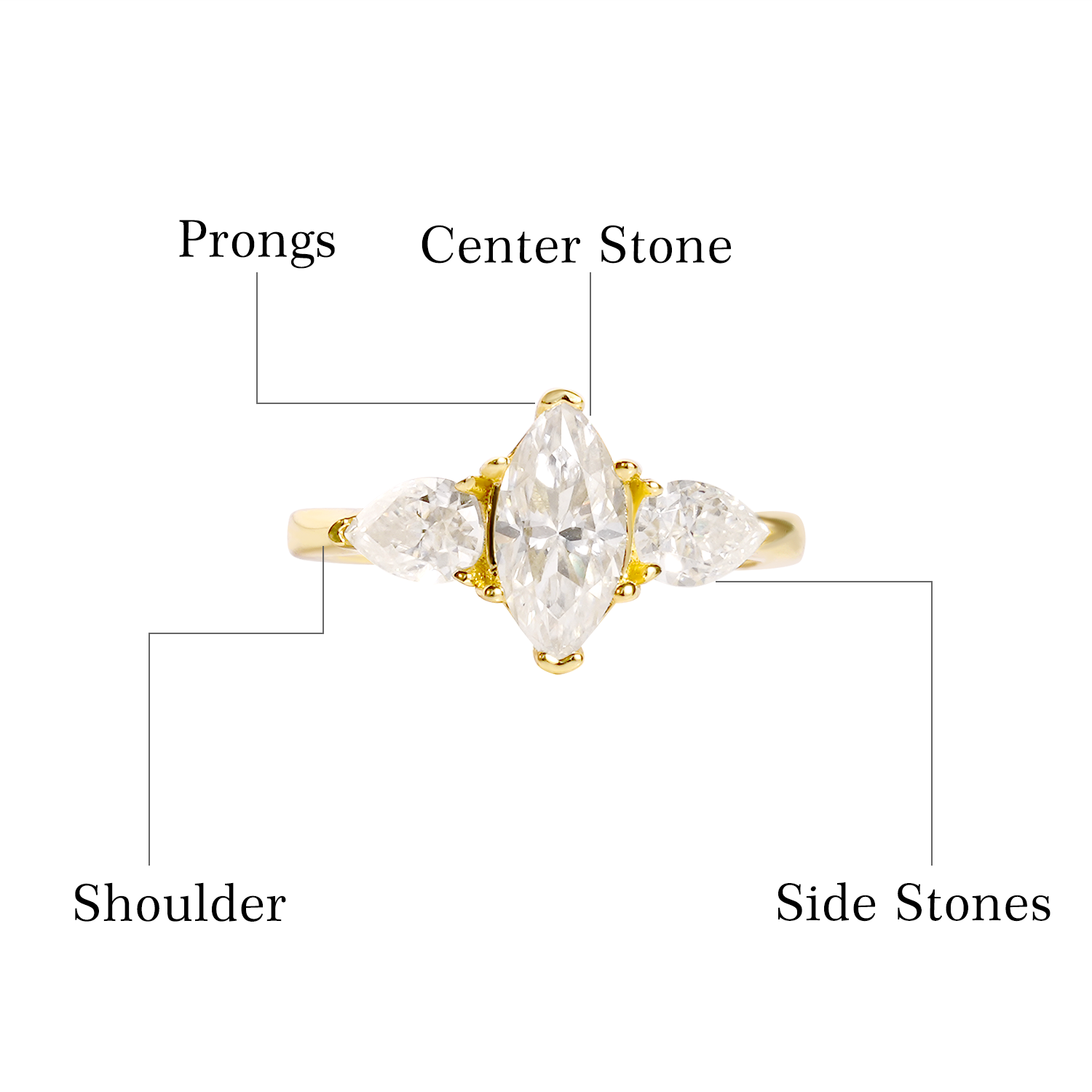
Gallery
The gallery is the intricate detailing on the underside of the center stone, visible from the side. It’s an opportunity to add decorative elements, such as a hidden halo, to enhance the ring’s elegance.
Bridge
The bridge lies beneath the ring head, offering structural support. This area often includes decorative features like diamond accents to add character.
Band
The band is the metal loop that encircles the finger. It can be plain or adorned with diamonds for extra sparkle. A comfortable band ensures the ring feels good to wear daily.
Shoulder
The shoulder is the upper part of the band where the setting begins, blending seamlessly into the overall design.
High Profile
High-profile rings elevate the center stone above the finger for a dramatic and traditional look, making them easy to pair with wedding bands.
Low Profile
Low-profile rings position the center stone closer to the finger, reducing snagging and offering a practical choice for those who work with their hands.
Understanding these terms empowers you to select a ring that suits your style and lifestyle. For more guidance, explore the GEMOISS Ring Style Guide.



